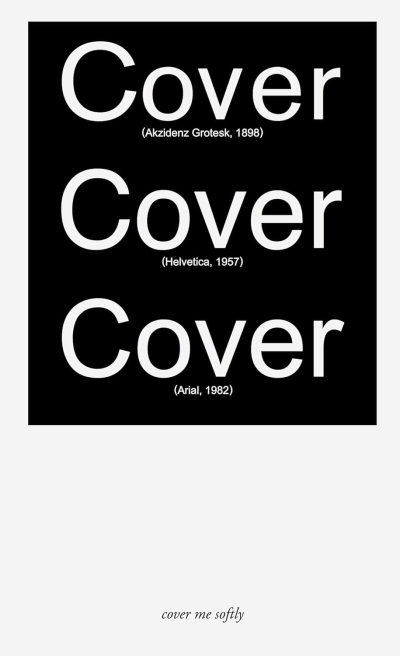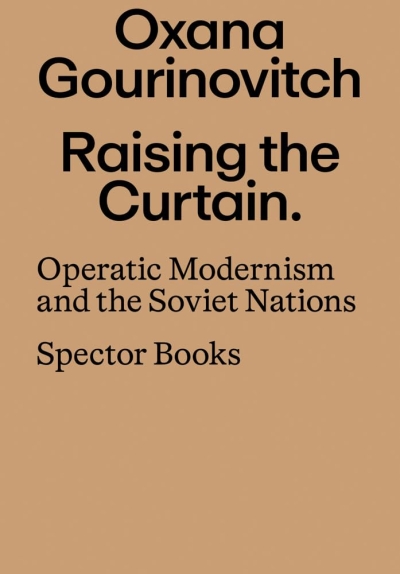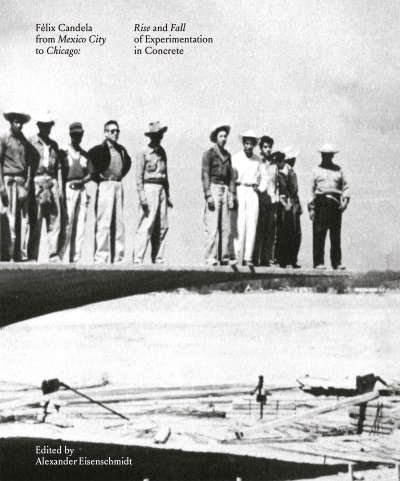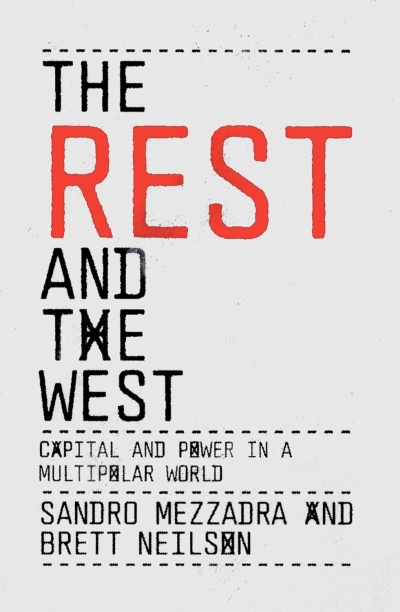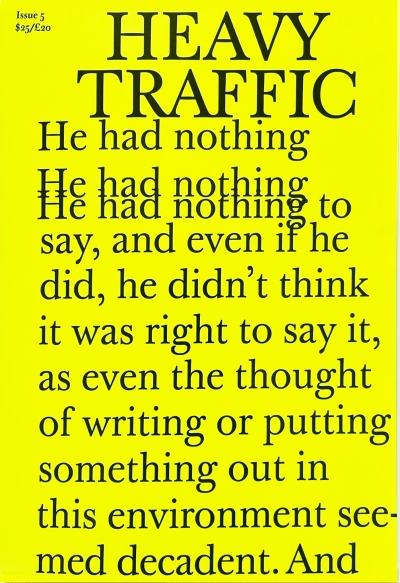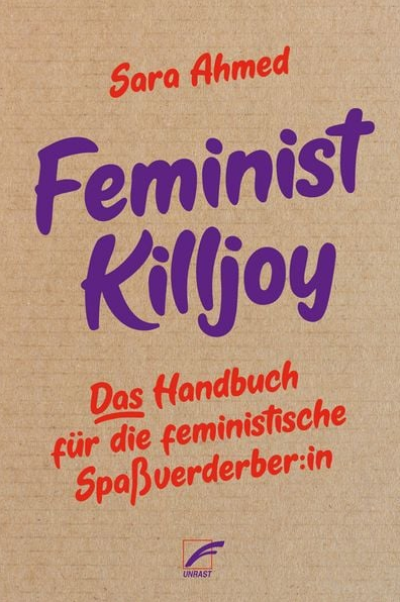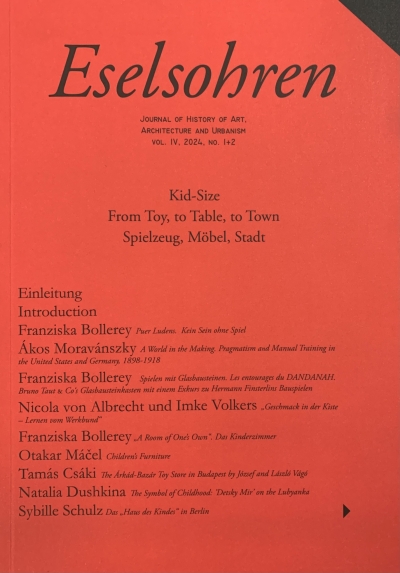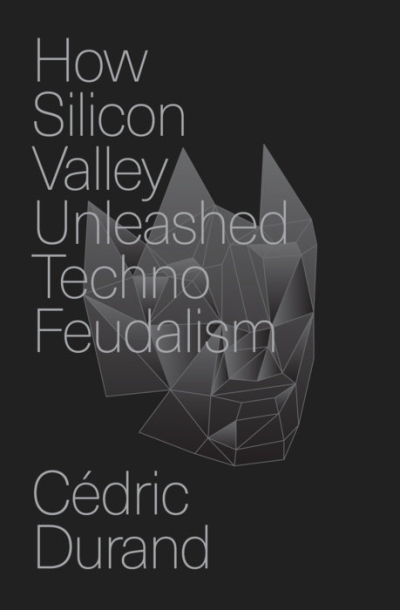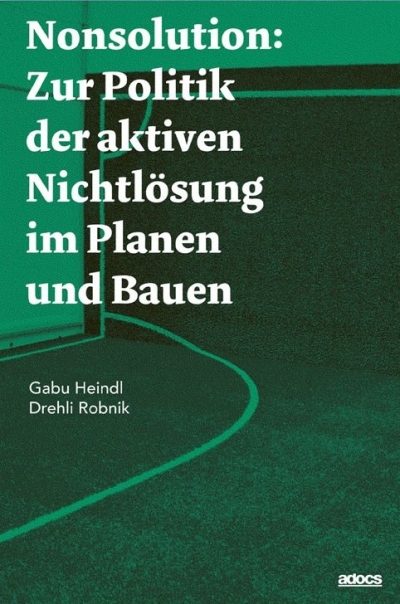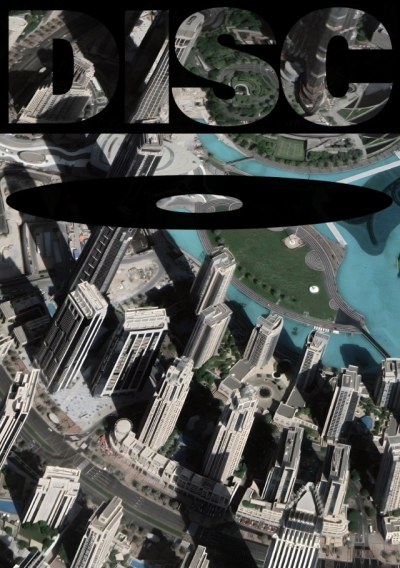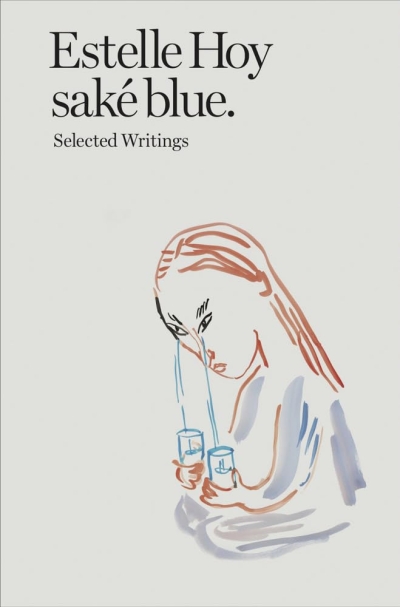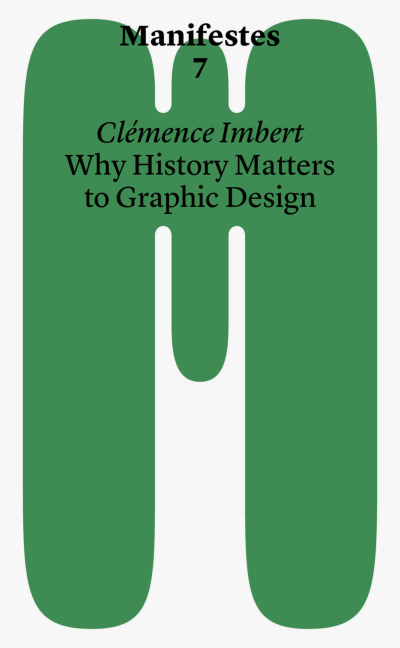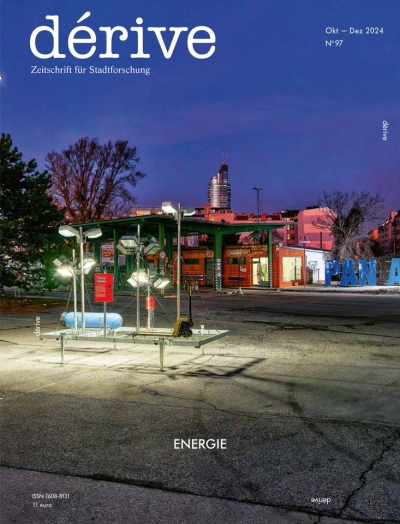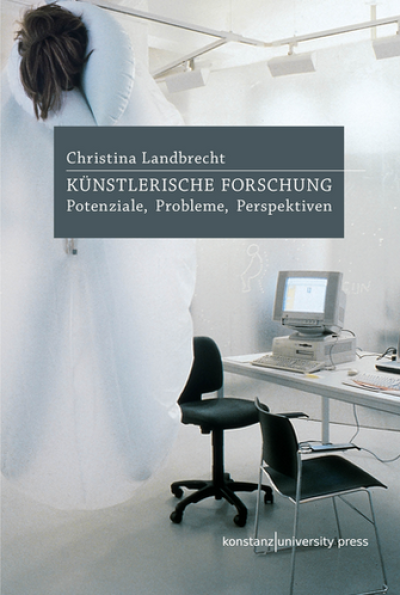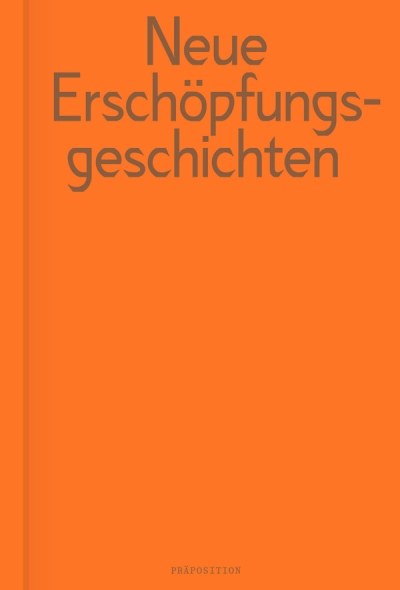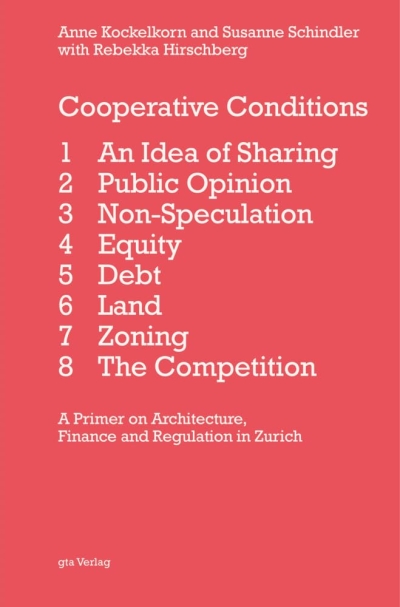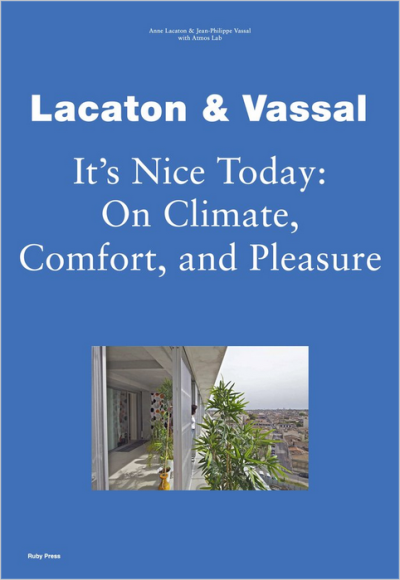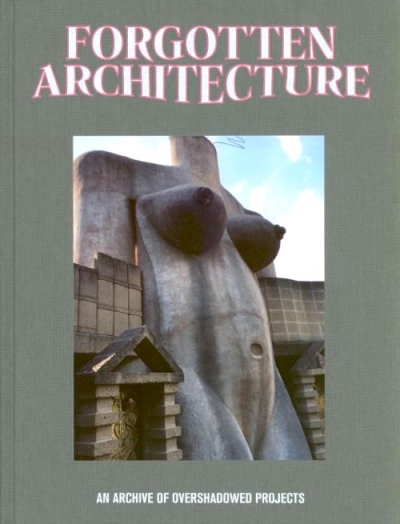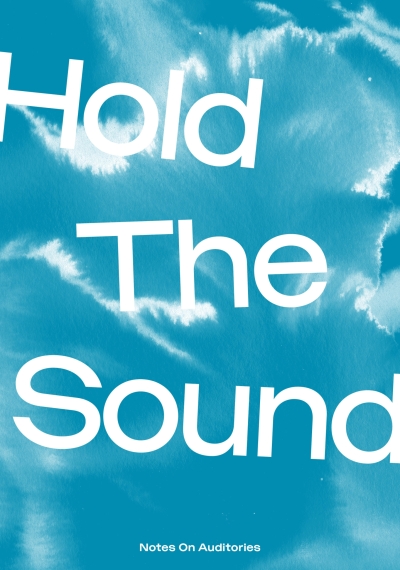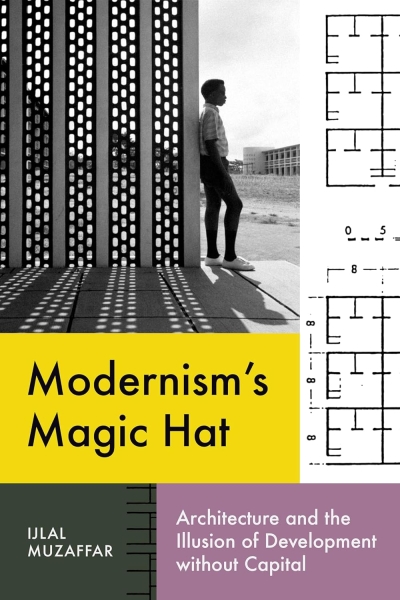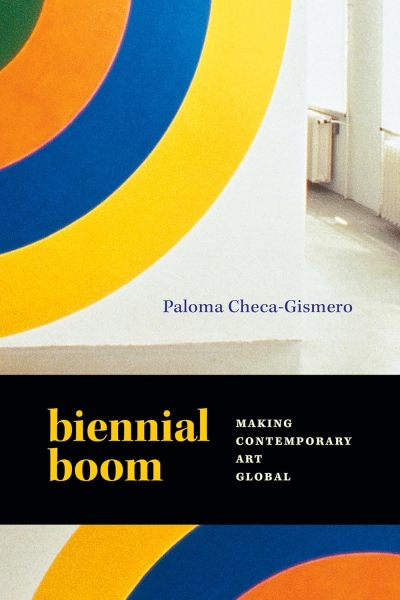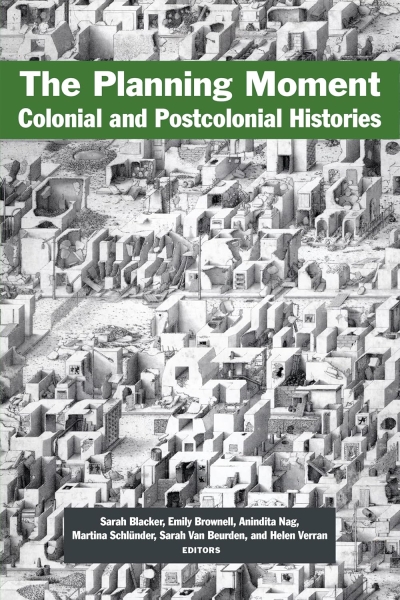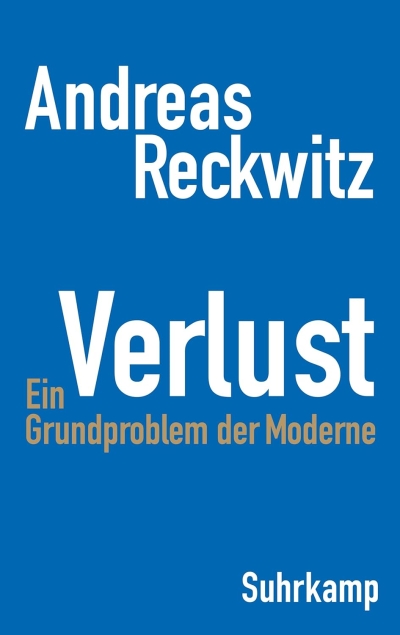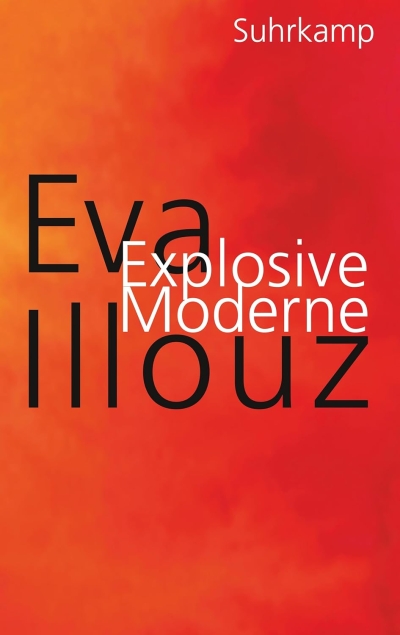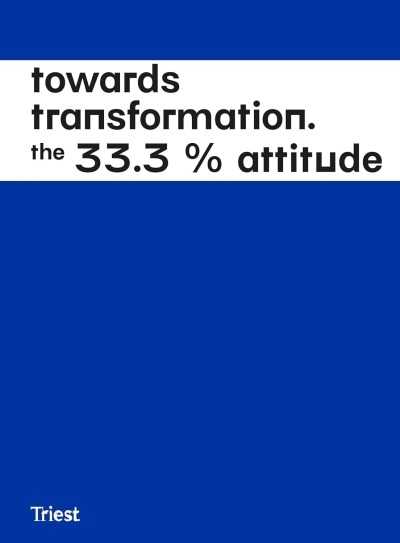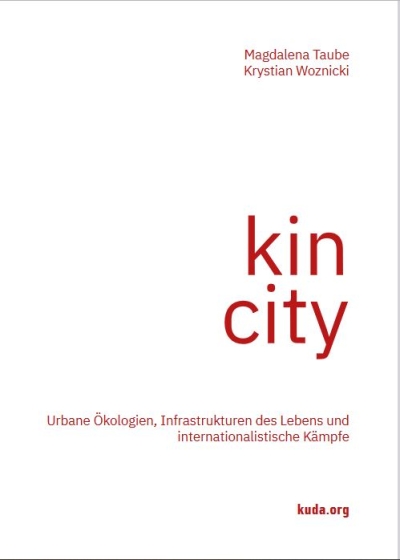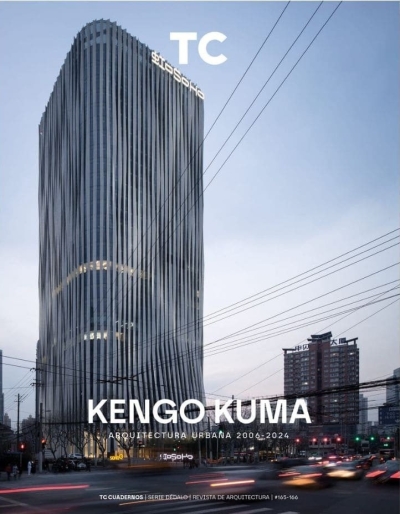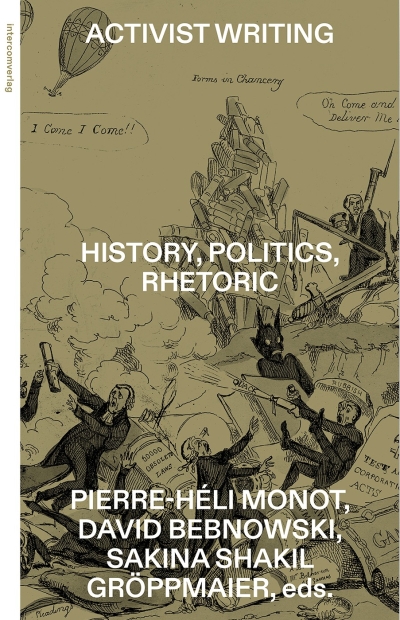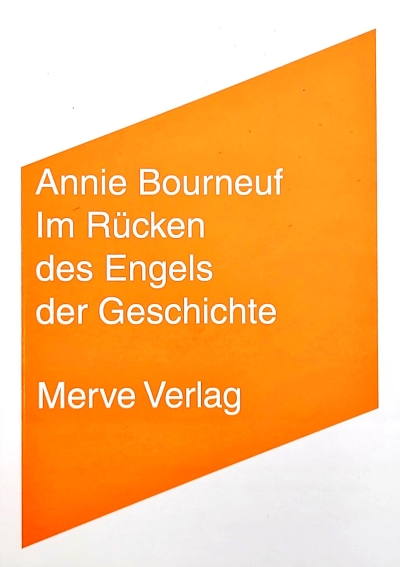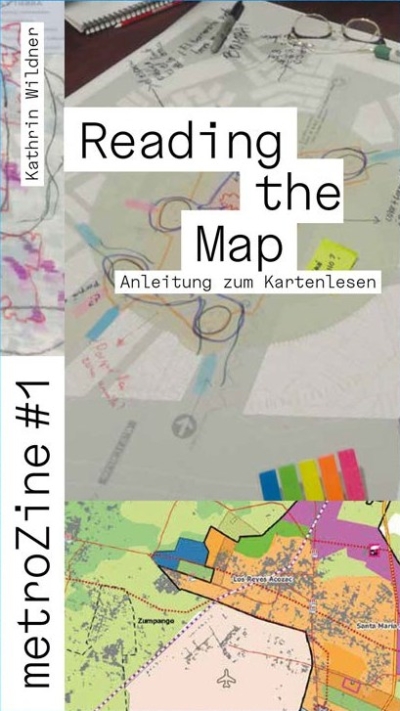Emmanuele de Donno
Construction of the Universe - Artists' Magazines and…
Julia Grosse, Jenny Schlenzka
Rirkrit Tiravanija: On Making Less
Harry Vogt, Martina Seeber (Hg.)
Radio Cologne Sound. Das Studio für Elektronische Musik des…
Marion Hirte, Daniel Ott, Manos…
Schnee von morgen. Statements zum Musiktheater der Zukunft
Oana Stănescu, Chase Galis (Hg)
Cover me softly
Claire Bishop
Merce Cunningham's Events: Key Concepts
Viyaleta Zhurava
FIGUREN / SHAPES
Diskursiv (Hg.)
Diskursiv No. 2, Colors
dérive
dérive N° 98, Eigentum (Jan-Mar 2025)
Viktoria Schabert
Eileen Gray's Museum
Arch+ Zeitschrift für Architektur und…
Arch+ 258. Urbane Praxis
Oxana Gourinovitch
Raising the Curtain. Operatic Modernism and the Soviet…
Alexander Eisenschmidt
Felix Candela From Mexico City to Chicago. Rise and Fall of…
Lydia Kallipoliti
Histories of Ecological Design. An Unfinished Cyclopedia
Anders Engberg-Pedersen
Martialische Ästhetik
Matthias Ballestrem, Katharina Benjamin…
Constructive Disobedience
Sofie De Caigny, Hülya Ertas, Bie…
As Found. Experiments in Preservation
!Mediengruppe Bitnik, Janez Fakin Janša
(un)real data ☁️ – (🧊)real effects
Docomomo International (Ed)
Modernism in Africa
Daniela Hamaui (Ed.)
Archivio Magazine N°10. The Design Issue
Derk Loorbach, Véronique Patteeuw, Léa-…
It's About Time. The Architecture of Climate Change
Noemi Biasetton
Superstorm
Steven Henry Madoff
Why I Do What I Do - Global Curators Speak
Leopoldina Fortunati, Carla Lonzi
Folio G: Gendered Labour and Clitoridean Revolt
Carlos Moreno
Die 15-Minuten-Stadt. Ein Konzept für lebenswerte Städte
Julian Rose
Building Culture
Sandro Mezzadra, Brett Neilson
The Rest and the West. Capital and Power in a Multipolar…
Charlotte Malterre-Barthes (Ed.)
On Architecture and the Greenfield
Folke Köbberling
WOLLBAU. Wolle - Eine unterschätzte Ressource.
Melanie Franke (Hg.)
Selbsterzählungen und Umbruchspuren im Œuvre von Künstler:…
Stellan Gulde (Ed.)
Banal Buildings. Anthology
Franz Liebl
Steakholder Management. Bausteine eines Culinary Turn in…
Urszula Kozminska, Nacho Ruiz Allen
Time Matters
Anja Kaiser, Rebecca Stephany
Glossary of Undisciplined Design
Ursula K. Le Guin
Steering the Craft. A Twenty-First-Century Guide to Sailing…
Helmut Draxler
Was tun? Was lassen? Politik als symbolische Form
Enzo Traverso
Gaza im Auge der Geschichte
Gene Ray
After the Holocene. Planetary Politics for Commoners
Paolo Cirio
Climate Tribunal. Fossil Fuels Industry on Trial
சிந்துஜன் வரதராஜா (Sinthujan…
Hierarchien der Solidarität. Hierarchies of Solidarity.
Patrick McGraw, Heavy Traffic
Heavy Traffic Issue V
Simon O'Sullivan
From Magic and Myth-Work to Care and Repair
André Tavares
Architecture Follows Fish. An Amphibious History of the…
Daniela Comani
You Are Mine
Friedrich von Borries
Architektur im Anthropozän. Eine spekulative Archäologie
Editor: Sascha Bauer, Authors: Sascha…
The Joinery Compendium. Learning from Traditional…
Sara Ahmed
Feminist Killjoy. Das Handbuch für die feministische…
Lisa Luksch, Andres Lepik (ed.)
Reading Visual Investigations. Between Advocacy, Journalism…
George MacBeth
e-flux Index #3
Kateryna Malaia, Philipp Meuser
Mass Housing in Ukraine. Building Typologies and Catalogue…
Kirsten Wagner (Hg.)
Theorien des Wohnens. Eine Kommentierte Anthologie
Susanne Schmid, Dietmar Eberle, Margit…
Eine Geschichte des gemeinschaftlichen Wohnens. Modelle des…
Yuk Hui
Machine and Sovereignty. For a Planetary Thinking
Irene Fantappiè, Francesco Giusti,…
Rethinking Lyric Communities
Nicolas Linnert (ed.)
Hervé Guibert. Suzanne and Louise
Giorgi Vachnadze
Christian Eschatology of Artificial Intelligence: Pastoral…
0nty & OnMyComputer (Eds.)
Dialogues on CoreCore & the Contemporary Online Avant-…
Nicholas E. Powers (ed.)
Where does a body begin? Biology's function in…
Alessandro Sbordoni
Semiotics of the End: Essays on Capitalism and the…
Jill Johnston, Clare Croft (ed.)
The Essential Jill Johnston Reader
Anna-Sophie Springer, Raul Walch (eds.)
Owned by Others: A Map to Possession Island
Canadian Centre for Architecture
AP 205 Amancio Williams: Readings of the Archive
Clothilde Morette, Victoria Aresheva (…
Science/Fiction. A Non-History of Plants
Ulrich Heinke
Ulrich Heinke. Schlot
Franziska Bollerey
Eselsohren. Journal of Art, Architecture and Urbanism. Vol…
Richard Sennett
Democracy and Urban Form
Hilde Strobl, Peter Cachola Schmal,…
Einfach Grün - Greening the City
Niekolaas Johannes Lekkerkerk, Eva…
Worlding Ecologies. Art, Science and Activism Towards…
Yuk Hui
Post-Europe
Cédric Durand
How Silicon Valley Unleashed Techno-Feudalism
Gabu Heindl, Drehli Robnik
Nonsolution. Zur Politik der aktiven Nichtlösung im Planen…
Ignacio Farías, Felix Marlow, Rebecca…
Zaudern ums Gemeinwohl. Produktive Missverständnisse in der…
Ian Erickson, Tomi Laja
Disc Journal. Issue 3.0 "Enchantment"
Estelle Hoy, edited by Antonia Carrara
Estelle Hoy. saké blue. Selected Writings
Nick Mauss, Edited by Antonia Carrara…
Nick Mauss. Dispersed Events. Selected Writings
Clémence Imbert
Manifestes 7. Why History Matters to Graphic Design
dérive
dérive N° 97, Energie (Okt-Dez 2024).
Christina Landbrecht
Künstlerische Forschung. Potenziale, Probleme, Perspektiven
bell hooks
Kritisch denken lernen. Erkenntnisse aus der Praxis
Raafat Majzoub (ed.)
Beyond Ruins. Reimagining Modernism
Holm-Uwe Burgemann (Hg.)
Neue Erschöpfungsgeschichten
Anne Kockelkorn, Susanne Schindler,…
Cooperative Conditions. A Primer on Architecture, Finance…
Anne Lacaton, Jean-Philippe Vassal
Lacaton & Vassal. It's Nice Today: On Climate,…
Guido Neubeck, Professur für Entwerfen…
Schulbaukörper
Bianca Felcori (Ed.)
Forgotten Architecture. An Archive of Overshadowed Projects
Marouane Bakhti
How to Leave the World
Jan Steinbach, Justine Stella Knuchel (…
Hold The Sound. Notes On Auditories
Ijlal Muzaffar
Modernism's Magic Hat - Architecture and the Illusion…
Paloma Checa-Gismero
Biennial Boom. Making Contemporary Art Global
Sarah Blacker, Emily Brownell, Anindita…
The Planning Moment. Colonial and Postcolonial Histories
Andreas Reckwitz
Verlust. Ein Grundproblem der Moderne
Eva Illouz
Explosive Moderne
ETH-Studio Jan De Vylder (Hg)
Towards Transformation: The 33.3 % Attitude. Zurich
Magdalena Taube, Krystian Woznicki
kin city. Urbane Ökologien, Infrastrukturen des Lebens und…
Guillermo Rubio Boronat, Javier Villar…
Kengo Kuma. Arquitectura Urbana 2006--2024. TC Cuadernos…
Pierre-Héli Monot, David Bebnowski,…
Activist Writing. History, Politics, Rhetoric (Mono 02)
Annie Bourneuf
Im Rücken des Engels der Geschichte
Kathrin Wildner, metroZones
metroZine #1. Reading the Map. Anleitung zum Kartenlesen





